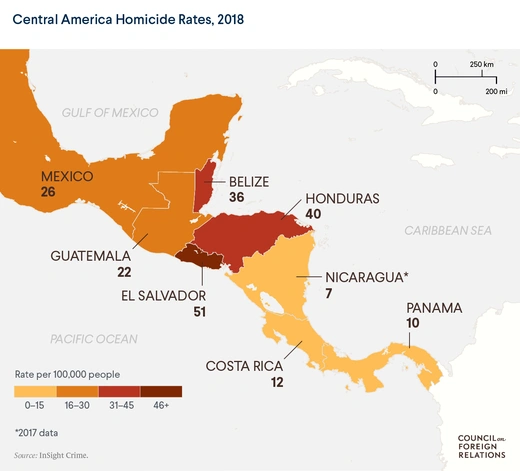I am five blog posts away (between this blog and its sister blog with a little more than half the content at Wash Park Prophet) from a goal of 365 blog posts this year. This is on the low side compared to my posting rate in previous years, but still definitely very active as blogs go.
A lot of the decline is due to shifting my creative output to Facebook and to posting questions and answers at several forums on the Stack Exchange network. I've probably made over 2,000 posts at Facebook for the year, where I am primarily a "Social Justice Warrior" (ignoring comments and "likes") and I also try to recognize the birthdays of each of my 1900ish Facebook friends. I am the number three contributor (in the world) at Law Stack Exchange, and a leading contributor at Politics Stack Exchange, in addition to participating at a lesser level at several other stack exchanges.
I've scanned at least 95% of the arXiv pre-prints posted in 2019 in the areas that I follow: astronomy, general relativity, high energy physics experiment, lattice physics, and phenomenology. I have bookmarked all of them that are interesting into several categories: "Physics" (basically everything that doesn't fit anywhere else), "Higgs boson", "muon g-2", "lepton universality violations", "Standard model constant measurements", "Neutrino physics", "Hadron physics" (basically quantum chromodynamics and nuclear physics), "Gravity" (including dark matter, dark energy, and astronomy), and "Matter creation" (including baryogenesis, leptogenesis, and nucleosynthesis). The most interesting that I've had time to write about ended up in about 85 blog posts at the Dispatches from Turtle Island blog.
I will have published 10,000 posts between these two blogs sometimes in the second half of 2020, about 15 years after this blog was started.
After many years of reading 40-50 books a year, 2018 was a total dud with only a handful of books read. But, in 2019, I am on track to read at least 12 books, with 30 pages to go in book number twelve (FYI, I count an entire manga series no matter how many volumes it has, often a dozen or more, as one book).
I have six dead tree books (not all started in 2019) and nine e-books (two started in 2019, two started in 2018 and five started in 2017), in addition to the one that I'm almost finished with, that I am partway through reading and have't entirely abandoned (I usually give up if I have a long period of interruption after reading less than about 70 pages the first time). I probably won't finish more than twelve books this year, however, because the next three days are busy ones in turns of paying legal work.
I also journal regularly in bound paper journals and started my current one on January 1, 2019. I have five pages left to fill and three days to do it in. I'm not sure how many pages it has, but I'm guessing about 250.
I also write fiction for the desk drawer and have written about 18 pieces, a combination of sketches, scenes, story outlines and chapters, for perhaps a combined 100 pages or so, but not any publishable complete short stories or novels. I'll write at most one more before year end and probably not even that.
I've given several continuing legal education presentations this year accompanied by about four or five sets of written course materials.
I've read about 100 webcomics on a regular basis, some more faithfully than others, at some point in the last year. Some publish as often as three times a week. Others publish only every month or two. Most take hiatuses from time to time as well, and several have run their course and ended this year. I abandoned about half of them after falling hopelessly behind after an anniversary trip to Greece for a week and a half preceded and followed by intense work demands to make up for the absence.
I don't keep close track of my movie and TV series habits. But, of course, this year, I finally finished, 42 and a half years later, the nine movie core Star Wars series I've also seen the two stand alone feature films, many episodes of the animated Clone War series, a few episodes of the Mandalorian series featuring Baby Yoda, and I've read a few of the Star Wars universe books. I spent the early years of my love for fantasy and science fiction books trying to recreate the awe and wonder that Star Wars provided, until it became a life long habit.
I've also tried to wrap up several half-finished series I've been watching on and off on streaming services like Netflix, Hulu, Amazon Prime and Disney Plus. There are a lot of these.
I've very much enjoyed listening to music on Spotify, including a lot of pop musics from Japan, Korea, India and Mexico. It has become very good at predicting what I will like in its customized music lists for me.



